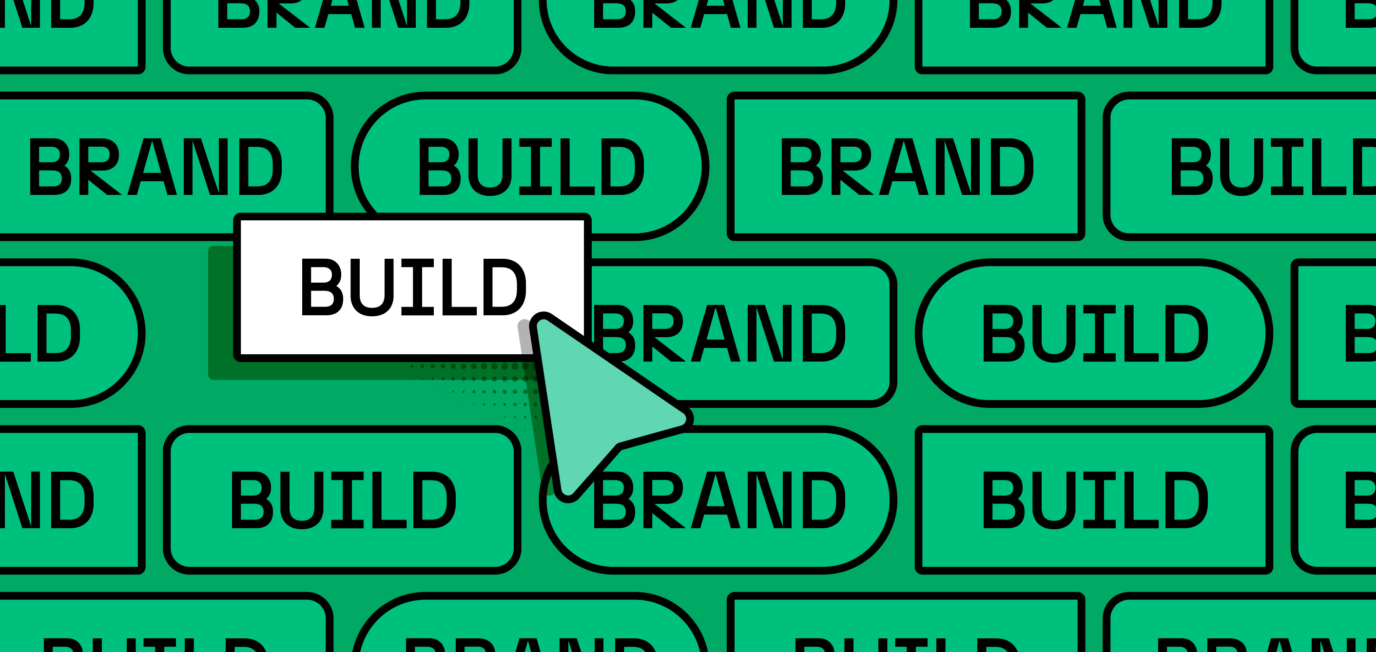
AUTHOR: JONATHAN FINER
READ TIME: 3 MINS
New York City Strategy Director Jonathan Finer on the synergy between ‘brand thinking’ and ‘design thinking’ – and how this blend can reinforce patient trust and authenticity in pharma branding.
As the pharmaceutical sector continues its significant shift towards consumerisation, there’s an ever-growing imperative for brands to exude authenticity, maintain relevance, and build unwavering patient trust. Considering this shift, design thinking has been embraced for its emphasis on prioritising patient empathy and user-centred solutions.
Whilst this approach isn’t new – having been popularised by IDEO over the past two decades – design thinking has proven especially impactful in the pharma sector, addressing its unique challenges and historical oversights with a fresh, empathetic lens. The industry’s traditional focus on providers and compliance often marginalised patient experience, resulting in functional yet impersonal designs. It was a mindset that overlooked the power of experience in patient engagement, potentially contributing to lower adherence and negative health outcomes. Recognising the critical role of the patient in building products and services, design thinking became a catalyst for change, advocating for a deeper human-centric understanding, which in turn, informed better experiences.
We’ve discovered, however, that design thinking has a design flaw.
Traditionally, design thinking has overlooked the power of branding. Whilst it provides a robust framework for problem-solving, focusing on empathy and user-centred innovation, it tends to neglect the brand perspective. Similarly, the benefits of design thinking – such as its iterative approach, deep empathy, and cross-functional collaboration – have often been absent in the workflows of traditional brand and design consultancies. This reciprocal gap has two important implications:
- Whilst products and services may be enhanced by design thinking, they lack the distinctive identity that differentiates most meaningful and memorable experiences, missing the power of brand building.
- Branding agencies miss out on the deep human insights that design thinking provides.
Both oversights can lead to missed opportunities in cultivating brand equity and forging deeper connections with end-users.
“Whilst design thinking provides a robust framework for problem-solving, focusing on empathy and user-centred innovation, it tends to neglect the brand perspective.”
Conran Design Group has confronted this challenge head-on. By integrating the principles of ‘brand thinking’ with ‘design thinking’, and vice versa, we’ve refined our approach into our four-step IDEA process. This proprietary methodology enhances brand relevance by deeply understanding patient and healthcare professional (HCP) needs, resulting in brands that are not only authentic and credible but also uniquely valuable. In doing so, we’ve infused traditional branding practices with the rich insights offered by design thinking methodologies, empowering numerous clients – including Teva, Novartis, GSK, Zydus and Nykode – to craft brands that are both distinctive and empathetic.
Our approach aligns the brand’s values and purpose with the needs of patients and HCPs, ensuring that each brand we create becomes a vessel for memorable experiences and a beacon of trust in the healthcare journey.
- Informed brand creation
We craft brands with an authentic voice that resonates with patients and HCPs, thereby amplifying credibility and value. - Engaging user experiences
Our solutions ensure that every interaction is not only positive but also unmistakably associated with the brand’s identity. - Enhanced patient outcomes
The synthesis of a better patient experience with strong brand affinity increases clarity and connection – ultimately leading to improved health results.
A testament to this approach is our collaboration with Teva. The opportunity to enhance Teva’s brand experience across a broad range of users and touchpoints began with a deep immersion into the lives of patients and caregivers. Through highly emotive ethnographies – capturing the very real fear, vulnerability, and hope expressed by these individuals – we gained profound insights that fuelled our design process.
With this foundational understanding, we crafted a user-friendly navigation system on Teva’s packaging, aiming to minimise errors and enhance patient safety. We reimagined ‘Instructions for Use’ to be genuinely helpful, transcending mere compliance. Across dozens of touchpoints, we shaped interactions that reinforced brand trust and loyalty to the Teva brand. Key aspects of our strategy included:
- User ethnographies: Deeply understanding user emotions and experiences to inform design decisions.
- Patient co-creation: Collaborating with patients to ensure solutions meet their real-world needs.
- Brand strategy: Aligning design solutions with the brand’s core values and identity.
By reconciling the brand with user-centricity, we’ve charted a course for our clients, including leading pharmaceutical companies, to develop solutions that are not only human-centric but also distinctively branded. In the spirit of Sir Terence Conran’s vision, “The designer’s job is to imagine the world not how it is, but how it should be,” we’re committed to designing brands that resonate deeply with patients and HCPs. It’s a philosophy that continues to propel our work forward, crafting a world that reflects the ideal, not just the actual.



